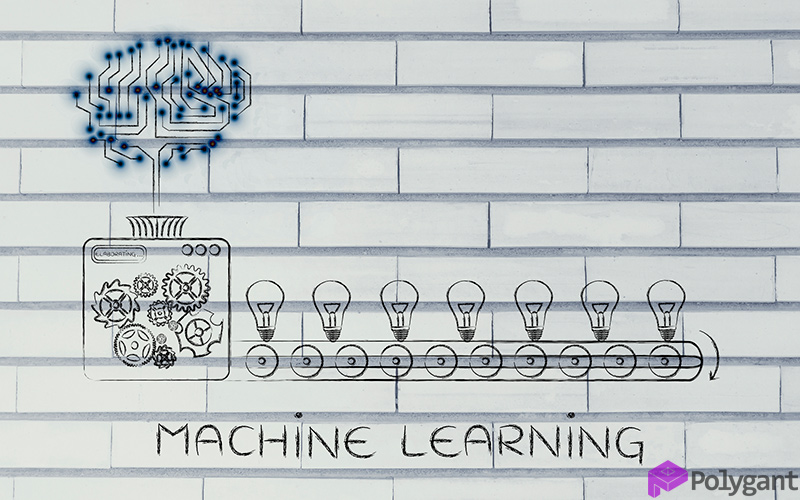Facebook and Twitter are undoubtedly big on machine learning, and their engineers can confidently state what one should and shouldn’t do. Indeed, such valuable tips can improve your business model. When those technology mastodons started to employ machine learning in enhancing their services, they rapidly left the market behind. And though Facebook’s and Twitter’s practices don’t always bring the expected user response, one could still derive useful insights on how to scale and use data analytics.
Table of Contents
First, collect appropriate data
Facebook embeds machine learning into almost all of its processes: content identification and integrity determination, text mood analysis, speech recognition, translation to all languages, search by keyword, face recognition, fraud account identification. Facebook’s algorithm successfully handles all this by delegating part of computation routine to edge devices to cut the delay. Because of this, users with old smartphones can easily access the network. In fact, outdated and weak devices can resort to the cloud to process data flows.
First, make it clear which data you really need and then start processing them. Quite often, analyst teams get distracted because they want to sort out everything at a time. But don’t think covering everything means doing everything right. Your team needs to concentrate on small but effective efforts and then accelerate the app development to exploit more data sets or faster adapt to the changes. By focusing on the early success and then scaling, developers can avoid errors occurring due to fast and reckless diving into the ocean of data.
Automate learning
The only path to the top is continuous improvement and uninterrupted training. To automate learning processes, Facebook and Twitter use Apache Airflow. These libraries help manage the workflow and keep online platforms up-to-date. The number and pace of training sessions mostly depend on computation efforts and resources available, but high algorithm performance can be only ensured by proper training planning based on data sets.
What can be a tough task when preparing an AI training model is choosing a learning method. Though engineers most often go with deep learning when handling big data, you can stay with the tri-training technique. This method cannot be fully automated, but it can provide more reliable results because of a variety of modules and collaborative learning.
Choose an appropriate library
Facebook and Twitter decided to streamline their previously siloed approach to developing frameworks, libraries, and pipelines. Facebook mostly relies on PyTorch while Twitter works with a pack of libraries, from Torch for the Lua language to TensorFlow.
To select a relevant AI control tool, search for scalable solutions and keep in mind your project’s long-term needs.
Respect the end user
If you google ‘Facebook machine learning,’ you will possibly see hundreds of articles describing the audience’s negative experience of dealing with Facebook’s built-in AI. In fact, the network is often accused of neglecting user privacy, mining user data, and obtrusive targeted advertising. The same people may like other AI-powered instruments that Facebook uses to help people be closer to their families and friends living in other countries and speaking other languages. After all, it is the artificial intelligence that lets Facebook wash away hatred and pornography.
The reality is the technology itself is not what bothers end users. The sticking point is the lack of transparency in implementing the technology. Don’t make mistakes that Facebook has made. In your strategic planning, focus on trust and clarity. You’ll see that the audience will highly appreciate that — as a result, there will be more visits and better experience.

